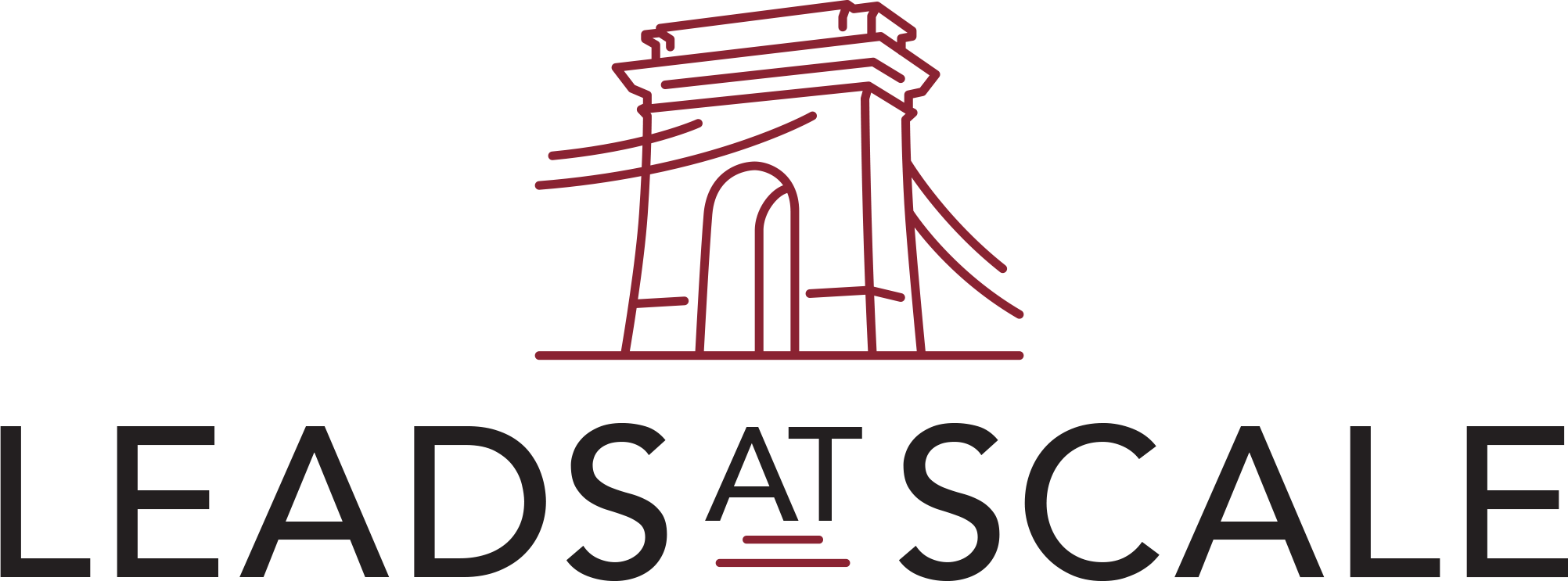We all know that generating new leads is imperative for business success. But it doesn’t stop there. Today we’re going to be talking about what businesses should be doing once they’ve got a new lead. Remember that each new lead is a potential new customer and a potential sale. To ensure that these precious leads don’t go to waste it’s important to qualify and distribute those leads effectively.
But how?
Well, that’s exactly what we’ll be discussing today. Stay tuned for a quick-fire tour of those all-important lead distribution fundamentals and best practices (plus our top three software recommendations) to get your lead distribution makeover off to the best start.
What is Lead Distribution?
Lead distribution (as opposed to lead generation) is all about what we do with a lead that has already been made. In other words, lead distribution involves forwarding new leads to relevant sales representatives who will nurture those leads and, hopefully, convert them into sales.
Overall, that helps improve b2b lead conversion rates. The key to successful lead distribution lies in optimizing how new leads are assigned.
Instead of simply forwarding leads to any old representative, the best lead distribution campaigns match leads to the most appropriate agents for that particular prospect. Successful lead distribution involves understanding what makes a lead unique and routing that lead to a representative that has the most relevant skill, knowledge, and experience.
By doing this, representatives have the best opportunity to nurture that lead and encourage the prospect to continue down the b2b sales pipeline.
Depending on the nature of your business, leads can be distributed to a number of platforms including:
- Customer relationship management (CRM) platforms
- Email service providers (ESP)
- Call/contact centers
Types of Lead Distribution: Manual & Automatic
Lead distribution forms two main categories. These are manual lead distribution and automatic lead distribution.
As the name suggests, manual lead distribution involves sales reps manually picking which leads they want to engage with. Under this lead distribution model, sales reps will pick leads based on their own individual criteria. This can be effective because it means that each rep can pick the leads that they feel they can most confidently convert into sales.
Types of manual lead distribution include:
- Cherry-picking: sales reps pick the leads they want to work with based on availability and individual preference.
- Shark tank: all sales reps can respond to a lead once it becomes available.
Manual lead distribution can seem like a good option for individual representatives but, in reality, it has some serious downsides. Manual distribution is not highly scalable. What’s more, it can sometimes result in slow response times and increased competition between reps.
That’s where automatic lead distribution comes in. Automatic lead distribution uses software tools to automate lead assignments. These software tools use lead routing protocols to optimize the distribution of leads to agents based on sets of predefined criteria.
Let’s take a look at some examples:
- Round-robin routing: leads are routed to sales reps based on their position in a queue. Leads are routed to each representative in turn on rotation until the lead is picked up. This method is good for distributing leads equally between reps but neglects other criteria such as expertise and availability.
- Lead-distribution rules: some businesses choose to set their own automated lead-distribution rules. These rules filter out the most appropriate reps for each lead. Examples of this include skills-based routing, sales rep availability, or even the country a lead is based in.
The Benefits of Lead Distribution
There are many reasons why effective lead-distribution is advantageous for businesses. It improves sales, streamlines buyer journeys, speeds up response times, and improves agent workflows. Let’s take a close look.
Improve the sales process
Effective lead distribution is super important for business as it has a direct impact on overall sales. Streamlining your lead distribution system will improve the overall sales process and help sales representatives nurture leads in a more effective, efficient, and personalized way. When the most qualified (or most available) reps are connected with new leads, they will close sales faster. Plus, automated lead distribution software saves time and reduces manual routing errors in the process.
Improves rep workflows
Automated lead distribution also helps sales reps. With an automated lead-routing system in place, your sales reps will know exactly what they’re supposed to be doing at any given time. What’s more, leads will be allocated more evenly between your team meaning that you’ll make the best use of all of your agent’s time and skills. Plus, you’ll also speed up response times and increase your chance of qualifying leads and converting more leads into sales. Did you know that when leads are nurtured properly, they produce 20% more sales opportunities on average?
Lead Distribution Best Practices
So, now that we understand what lead distribution is and why it’s so important, let’s home in on some best practices. These tips and tricks will help you ensure that your lead-distribution strategy can be as fruitful as possible and generate more sales for your business.
Prioritize skills-based routing
Skills-based routing is one of the most effective lead distribution strategies. 96% of visitors who visit your website aren’t ready to buy. Many will want to do further research and speak to qualified professionals about a product or service before making that final purchase. One of the best ways to nurture this type of lead is to match prospects with reps who have the specific product, service, or customer knowledge necessary to nurture that prospect.
Place experienced sales reps on bigger deals
Make sure that experience is taken into account when setting your lead-routing rules. For example, you won’t want to be routing calls or enquiries from your biggest, most lucrative clients to your most junior sales representatives. Instead, ensure that your experienced sales reps are prioritized for these more complicated deals.
Don’t forget about availability
Create a lead schedule to ensure that you’ll always have the right number of sales reps available to tend to new leads. When those leads come in, you’ll want your best agents to be available to nurture them. Sometimes your best rep might already be on a call, so make sure that you’re also factoring availability into your lead-distribution strategy.
3 Best Software Tools for Lead Distribution
Lead distribution software offers businesses the opportunity to automate their entire lead distribution processes based on pre-defined sets of criteria. By using a lead distribution software you’ll be able to automatically capture, route, distribute, and report on new leads based on routing rules that work best for your team.
We’ve whittled the software offerings out there down to our top-three favorites. Let’s take a look.
#1 – Chili Piper
Chili Piper is an inbound sales automated software that comes with a designated lead routing function that allows businesses to schedule online meetings. You can collect information on your leads using web forms and route leads to representatives based on pre-set rules.
Top features include:
- CRM integrations
- Reporting and analytics
- Feedback captures
- Rules-based routing
#2 – FreshSales
FreshSales is a sales CRM software that comes with a lead distribution feature included. With FreshSales businesses can segment new leads into a range of categories based on specific criteria. This software also comes with an in-built phone compatible with local and toll-free numbers.
Top features include:
- CRM integrations
- Reporting and analytics
- Feedback captures
- Rules-based routing
#3 – LeadSqaured
LeadSquared is a marketing automation and CRM software complete with its own in-built lead distribution automation. The lead distribution feature assigns leads to sales representatives based on customizable pre-set rules. With this software you can even set rules for individual sales reps. Another benefit of this software is that it also comes with lead capture and qualification features.
Top features include:
- CRM integrations
- Reporting and analytics
- Rules-based routing
Revamp Your Lead Distribution!
It’s time to go back to the fundamentals and revamp your lead distribution strategy for success.
Optimizing your lead distribution strategy with automated, rules-based lead routing will improve the effectiveness of your overall sales process and help your sales representatives nurture leads and convert prospects into sales. Implementing a lead distribution software is the best way to speed up response times and ensure that new leads are always directed to the best rep for the job!
Lead At Scale is a B2B lead generation service. Our B2B sales specialists help companies generate high-quality B2B leads and sales appointments with targeted B2B cold calling services, appointment setting and outbound call center operations.
Click here to find out more and get an estimate.



